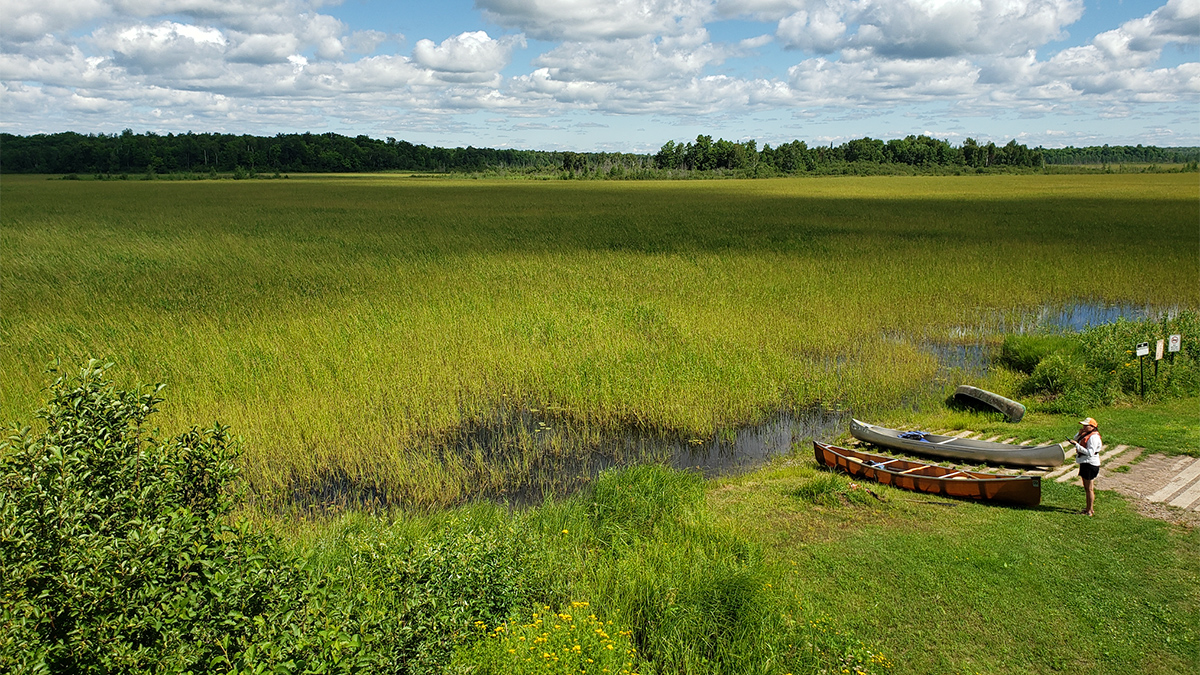Phytoplankton and other marine plants produce half of Earth’s atmospheric oxygen and have big effects on food webs and climate. To do so, they rely on nutrients from the sky that are hard to quantify.
plants
Urban Nature Is Often Plentiful but Inaccessible
A novel research framework deepens understanding of urban nature accessibility and highlights progress toward green space goals.
Climate Models Often Miss How Plants Respond to Drought
New research suggests that Earth system models are underestimating the effect of low moisture levels on plants’ abilities to exchange carbon, water, and energy with the atmosphere.
Electrified Soil Powers Plant Growth
Five days of low-power electricity directed to the roots of young plants boosted their growth by more than 50%.
Looking for Climate Clues in China’s Great Wall
Looking for Climate Clues in China’s Great Wall
In northwestern China, desert conditions have preserved the farthest reaches of the Great Wall. Scientists are now exploring 2,000-year-old building materials for signs of the region’s past climate.
Climate Change Threatens the Future of Wild Rice
As a precious plant struggles to thrive in the U.S. Upper Midwest, researchers are taking steps to understand the reasons for its decline.
Ecosystem Observations from Every Angle
Proximal remote sensing provides a bridge between ecosystem flux data at Earth’s surface and optical data from satellite sensors, improving our grasp of feedbacks between terrestrial ecosystems and climate.
Guatemala Is Reclaiming Overexploited Forests
Researchers, local communities, and authorities are tackling deforestation and forest degradation at the Maya Biosphere Reserve.
A Not-So-Hoppy Future for Beer Drinkers?
New research examining the impact of climate change on hops production has brewed up a storm.
How Llama Poop Is Helping an Andean Community Adapt to Melting Glaciers
Reintroducing these animals can enrich barren soils and potentially reduce water contamination, a study shows.










